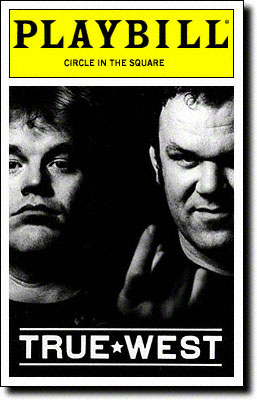
For New Year’s Eve, I will be here in Washington and Yuri will be in Los Angeles. We texted and have arranged to talk at midnight tomorrow, which means that now I have plans for the evening. When I woke up this morning, I did not have plans. I don’t know if this suited me or not; New Year’s Eve is always a little problematic on account of all the people wearing paper hats and drinking Rumplemintz.
You know what’s hard? Breaking up.
You know what’s harder? After all that.
I’ve been working my house pride. There were leaves on my stone steps; I swept them away before any snow could fall and lock them into the corners. I’ve been sewing up a storm the past few days; I tidied my sewing table and vacuumed up thread this morning. I did laundry. I baked. Keeping the ship ship-shape is my tendency, but now, anything less than sparkly is non-negotiable. I can be on my own, in a new city, with colder weather bearing down; I can miss my boo and actually ask various people, “What are you doing New Year’s Eve?” with no hint of irony, but I cannot do any of this with a sinkful of dirty dishes or mud on the living room rug. Only clean countertops will do.
Here’s a bit of unsolicited advice: If you are going along after a breakup and feeling relatively fit and optimistic, do not under any circumstances begin to hum the Rosemary Clooney rendition of Irving Berlin’s “What’ll I Do?” This is dangerous. Circling sharks dangerous. You’ll forget one of the verses and be so crippled by how applicable this gorgeous, sad song is to your very life, you will have to go online and find it and listen to it.
Oxygen masks. Flotation device. Emergency exit. Oh, dear.
What’ll I do
When you are far away
And I’m blue
What’ll I do?What’ll I do
When I am wondering
Who Is kissing you
What’ll I do?What’ll I do
With just a photograph
To tell my troubles to?When I’m alone
With only dreams of you
That won’t come true
What’ll I do?What’ll I do
With just a photograph
To tell my troubles to?When I’m alone
With only dreams of you
That won’t come true
What’ll I do?

